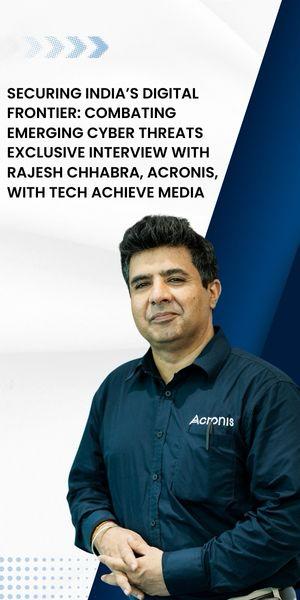Education stands at a defining crossroads in today’s rapidly evolving world. The traditional model, built on rigid systems and manual processes, is giving way to one that is dynamic, data-driven, and inclusive. At the very heart of this transformation lies technology-a force that is not merely changing how students learn but redefining how institutions teach, govern, and grow.
Also read: Building Digital Trust Through Cyber Education
Modern education has moved far beyond the digitization of classrooms; it touches every layer of the learning ecosystem, from the connectivity of teachers and administrators to students and policymakers, through intelligent, transparent, adaptable systems. The goal is simple yet profound: to ensure that learning not only is delivered but is experienced, tracked, and further improved.
Modern educational institutions have come to understand that digital transformation is not a replacement for human effort but an enhancement. With integrated platforms that bring together academic and administrative workflows, schools and universities can ensure streamlined operations, cutting down on manual redundancies and making decisions rooted in data rather than assumptions. What used to take weeks, like the financial closure or student assessments and infrastructure planning, can be done within days with clarity and accountability.
Technology also helps bridge chronic gaps in access and quality in rural and underserved regions. Smart mapping tools, for example, help education departments understand where the density of schools is uneven or dropout rates are high to better deploy resources more equitably. Similarly, ERP systems bring order to school operations, tracking attendance, resource usage, and student performance metrics all from one single, unified platform. These insights not only simplify management but also better inform policy decisions to help make interventions timely rather than reactive.
Mobile-first solutions and local-language learning platforms have also become game changers. In areas where connectivity is limited, vernacular apps and AI-powered teaching assistants are making education more accessible and relevant. Parents can now track their child’s attendance or academic progress through simple dashboards, while teachers use digital tools to plan lessons, assign homework, and coordinate support-all without requiring their continuous physical presence.
But the role of technology doesn’t stop at the system and process level; it’s changing how we learn and what we actually do in education. As AI and digital literacy come more and more into play, students are no longer passive learners; they’re becoming creators, innovators, and problem-solvers. The capacity to navigate digital platforms, with appropriate use of data and adaptation to emerging technologies, is becoming as fundamental to education as reading or arithmetic.
Equipping youth with these digital skills goes beyond employability; it nurtures confidence, critical thinking, and creativity. It empowers them to not just adapt to the future but actively build it. When technology becomes a vehicle for self-driven learning, it transforms classrooms into incubators of curiosity, where questioning, experimenting, and reimagining are encouraged.
Importantly, this digital transformation must be inclusive: technology should not deepen divides but close them, making learning flexible enough to accommodate the pace, background, and environment of each student. Be it through hybrid models, AI-based tutoring, or accessible e-learning platforms, equity, empathy, and empowerment must form the anchors of this approach.
At its very core, education is a connection between knowledge and opportunity, intent and impact. Powered by technology, this connection becomes stronger, smarter, and more sustainable. It’s not just integration of digital tools in education that’s here to stay; it’s the bedrock upon which a future will be built where every learner has an opportunity to excel and every educator has the tools to inspire.
As we celebrate Education Day, it’s worth remembering that the most powerful technology is not the one that replaces teachers but the one that amplifies their impact. The future of learning is not only digital; it’s deeply human.

The article is attributed to Darshil Shah, Founder and Director, TreadBinary, a TechCon









